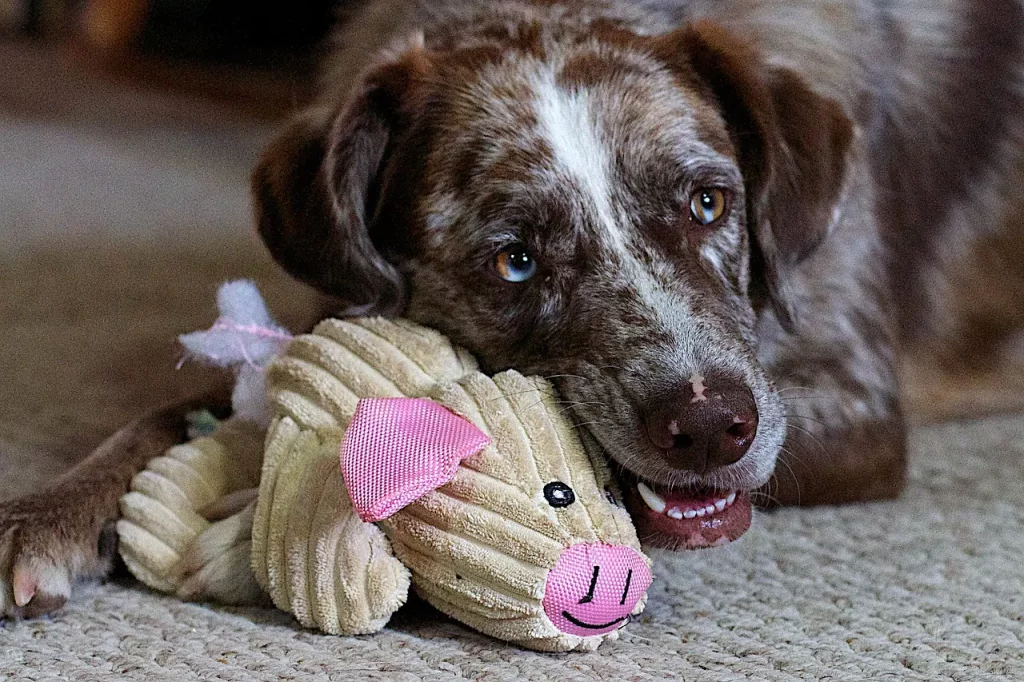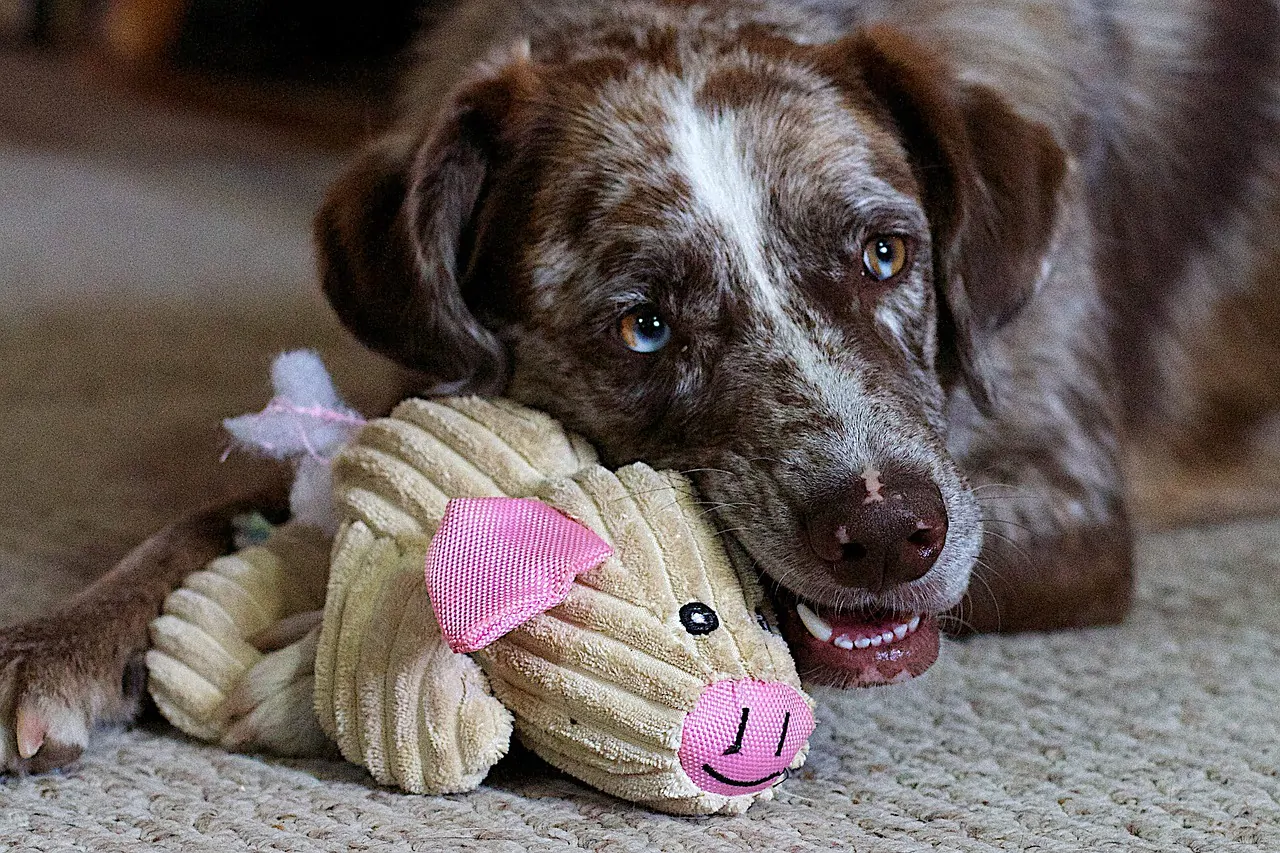
Photo by Peggychoucair on Pixabay
Introduction
Toys play a crucial role in a dog’s life, providing mental and physical stimulation while satisfying their natural instincts. While it’s true that most dogs enjoy toys that simulate prey, their preferences can vary based on individual personality differences and age. Understanding your dog’s toy preferences and how to engage them in play can lead to a happier and more fulfilled canine companion. In this article, we will explore why dogs love toys, the different types of toys they prefer, and how to make playtime a rewarding experience for both you and your furry friend.
The Appeal of Squeaky and Soft Toys
Dogs are instinctively drawn to toys that mimic the behavior of their prey. Squeaky toys and soft plush toys often top the list of favorites for many dogs. The high-pitched squeak and the ability to rip apart a soft toy can be immensely satisfying for our canine companions. However, it’s important to remember that dogs are individuals, and their preferences may vary. Even dogs within the same breed can have differing tastes when it comes to toys.
Understanding Individual Preferences
While some dogs are fond of softer toys, others lean towards harder toys that provide a satisfying chewing experience. Balls and Frisbees are popular choices for dogs that enjoy chasing and retrieving games. On the other hand, some dogs may not show any interest in toys unless their owner actively participates in the game. It’s crucial to introduce toy play when your dog is young. Younger dogs and puppies are naturally more playful, making it easier to pique their interest in toys.
Tailoring Toys to Your Dog’s Needs
When selecting toys for your dog, it’s important to consider their age and stage of life. Puppies, for example, may prefer rubbery-type chew toys while they are teething. Senior dogs, on the other hand, may prefer softer toys that are comfortable to hold and tug. As your dog transitions into adulthood, sturdier toys like thick ropes or harder rubber balls may be more appropriate.
Safety First: Supervising Toy Play

While toys are meant to bring joy to our furry friends, it’s crucial to prioritize their safety. Dogs that have a tendency to destroy soft toys should never have unsupervised access to them. Ingesting a squeaker or a toy can lead to serious complications and may even require surgical intervention. Certain toys should be designated as “play with me” only, meaning your dog can only access them during interactive games like tug or fetch. Once the game is over, these toys should be stored out of your dog’s reach, prolonging their lifespan.
Understanding Play Styles
In addition to the type of toy, understanding how to engage your dog in play is equally important. Humans often struggle to emulate their dogs’ play styles accurately. For instance, if your dog is calm and you forcefully shove a toy in their face, they are unlikely to show interest. However, using a soft plush toy or one with real fur and teasing your dog by dragging it on the ground, just out of reach, can make playtime irresistible. Adjusting your approach to match your dog’s play style can make all the difference in their level of engagement.
Encouraging Success in Play
For calmer dogs, it’s essential to let them “win” the game occasionally by releasing the toy when they pull on it. Playing tug without ever winning can be discouraging and may dampen their enthusiasm. If you need to retrieve the toy from your dog, try trading it for a tasty treat or have a second toy that is equally enticing to trade with. It’s also important to end the game before your dog loses interest. Too much of a good thing can become monotonous, so aim for short and enjoyable play sessions.
Adapting to Changing Preferences

It’s worth noting that your dog’s toy preferences may change throughout their life. What they loved as a puppy may no longer hold the same appeal as they grow older. Keeping an eye on their evolving preferences and providing a variety of toys can keep them engaged and excited. Pay attention to how your dog interacts with different toys and adjust accordingly to keep their playtime enjoyable.
Conclusion
Understanding your dog’s toy preferences and engaging them in play can foster a stronger bond and provide much-needed mental and physical stimulation. While most dogs are drawn to toys that simulate prey, individual preferences can vary. By introducing toys at a young age, tailoring them to your dog’s needs, supervising playtime, and adapting to their changing preferences, you can ensure that playtime remains a fun and rewarding experience for both you and your beloved canine companion.
